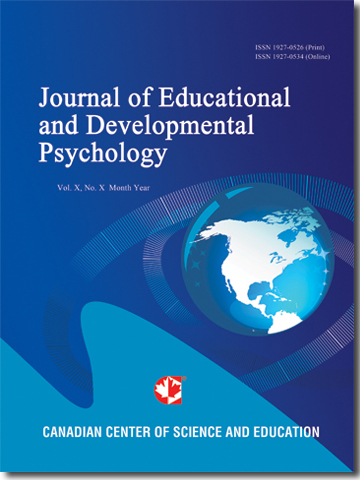Protective Factors as Measured by the DECA —Interrelations and Predictability of Co-Occurring Behavior Concerns
- Dylan Voris
- Seema Mahdavi
- Kyle Davis
- Kara Constantine
- Katelin daCruz
- Taylor Hicks
- Jeffrey Shahidullah
- Brittany Mash
- Nikki Horn
- Brittany Brewer
- JoLynn Hawkins
- Amy Nasamran
- Angela Finkbeiner
- Madison Chapman
- John Carlson
Abstract
The current study investigates the relationship between the protective factors of initiative, self-control, and
attachment and their ability to predict levels of behavioral concern in a Head Start population (N=1885).
Considerable research has found strong connections between protective factors and positive outcomes. However,
little research has examined the unique contributions of multiple protective factors concurrently. Results of the
current study indicate that when children have any one protective factor they are likely to have other protective
factors. When considered individually, protective factors are predictive of low levels of behavior concern.
Conversely, when all protective factors are considered together, only self-control predicts a lack of behavior
concern. This implies that strength-based screeners can inform interventions that improve protective factors and
may reduce behavioral problems in at-risk preschool populations.
- Full Text:
 PDF
PDF
- DOI:10.5539/jedp.v3n2p56
Journal Metrics
(The data was calculated based on Google Scholar Citations)
1. Google-based Impact Factor (2021): 1.11
2. h-index (December 2021): 29
3. i10-index (December 2021): 87
4. h5-index (December 2021): N/A
5. h5-median (December 2021): N/A
Index
- Academic Journals Database
- CNKI Scholar
- Copyright Clearance Center
- CrossRef
- Elektronische Zeitschriftenbibliothek (EZB)
- EuroPub Database
- Excellence in Research for Australia (ERA)
- Harvard Library
- Jisc Library Hub Discover
- JournalSeek
- JournalTOCs
- LIVIVO (ZB MED)
- LOCKSS
- MIAR
- Open Access Journals Search Engine(OAJSE)
- PKP Open Archives Harvester
- Publons
- ROAD
- Scilit
- SHERPA/RoMEO
- Standard Periodical Directory
- Stanford Libraries
- Technische Informationsbibliothek (TIB)
- UCR Library
- UoB Library
- WorldCat
- Zeitschriften Daten Bank (ZDB)
Contact
- Carol WongEditorial Assistant
- jedp@ccsenet.org
